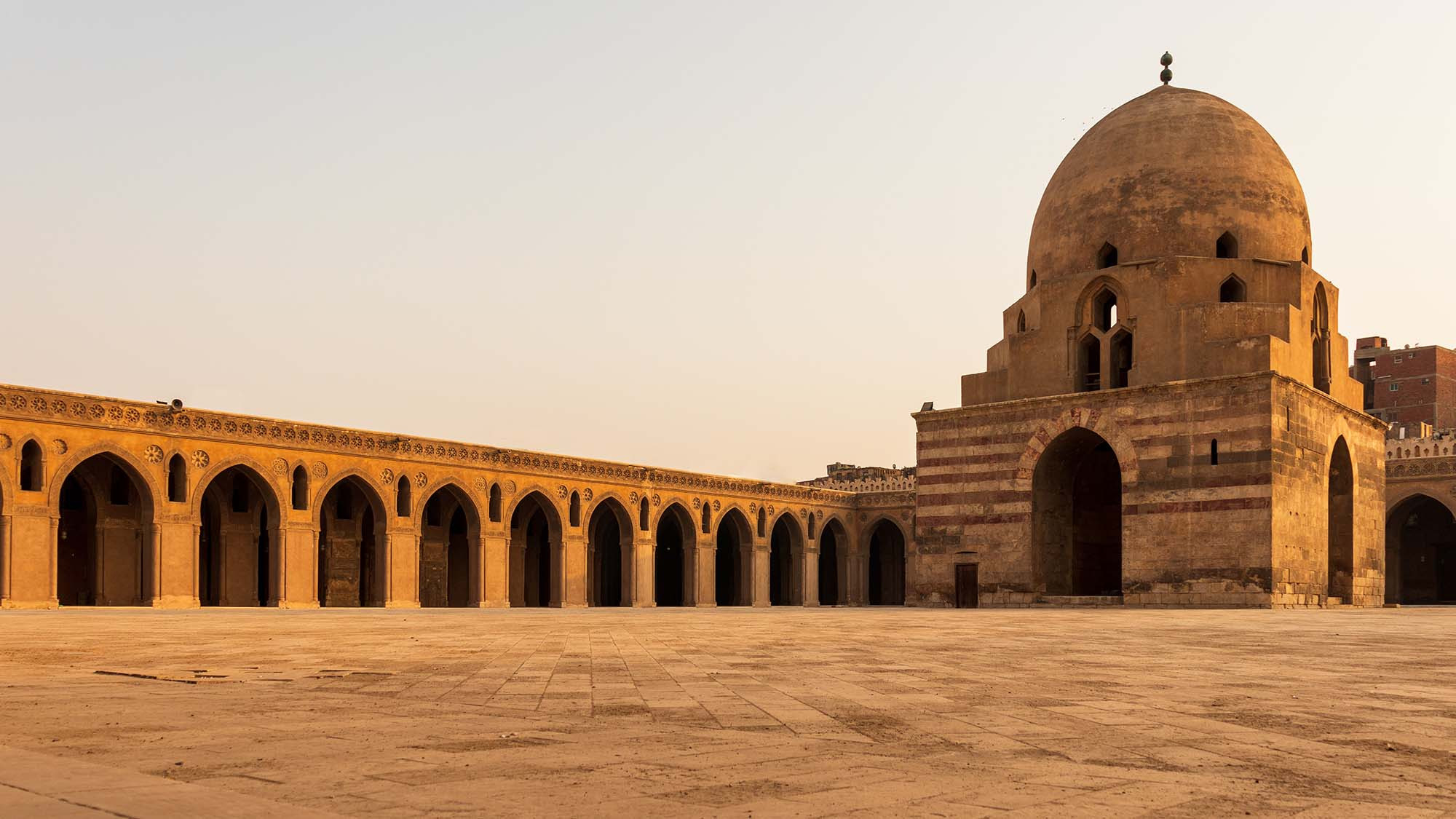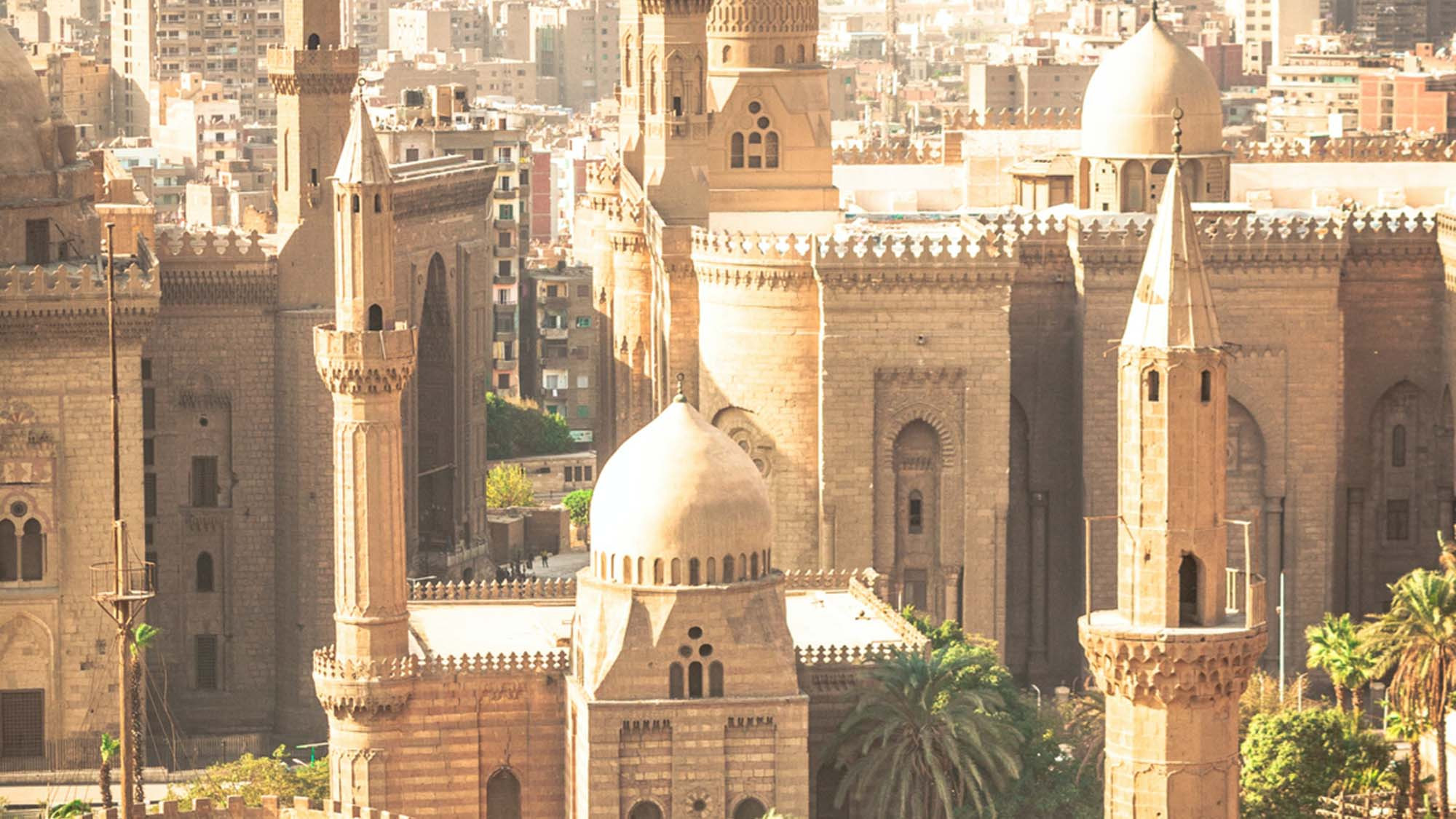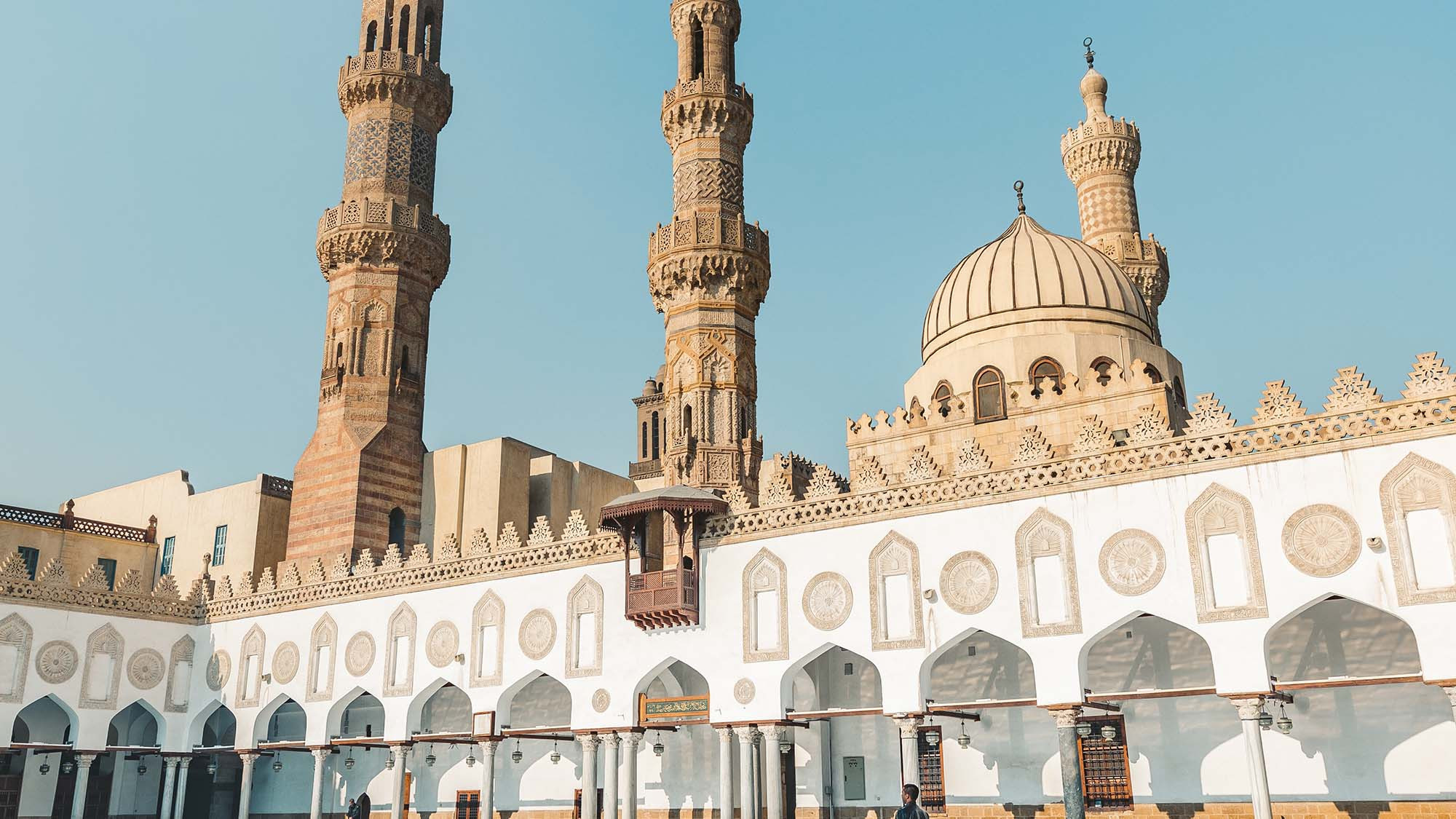Known as one of the most mysterious destinations on the planet and one of seven ancient wonders of the world, Egypt encompasses a phenomenon of history. The Great Pyramid of Giza stands as the only remaining Seven Wonders of the Ancient World however there is a myriad of sites and scenery to see beyond this. The Old Kingdom of Egypt is centred around the Giza Plateau which includes the pyramids of Khufu, Khafra and Menkaura and the beautiful Sphinx. Close by is the newly opened National Museum in Giza which now holds the spectacular treasures recovered from King Tutankhamun’s tomb, and the Royal Mummy Room, specially designed to display the mummies of the ancient Kings and Queens of Egypt. Venturing further back in time, some 200 years prior to the pyramids of Giza, is the Step Pyramid of King Zoser at Saqqara, regarded as the prototype with its distinct 6 tiers. Close by, at Dashur, what was scheduled to be the first pyramid built with flat sides, is the ‘Bent’ Pyramid of Sneferu, unused due to a construction error. In its shadow, Sneferu went on to oversee his resting place, the Red Pyramid.


Upper Egypt is in fact in the southern parts of Egypt and its former capital Thebes, now known as Luxor, is a starting point for some Nile cruises. The river is the lifeblood of Egypt which is evident from the agriculture which hugs the banks from Lake Nassar in the south to Alexandria in the north. What is remarkable is the distinct and neat line where irrigation ends, and the desert begins. Villages and towns are scattered along the Nile, with the great temples of Kom Ombo, Karnak and Luxor standing tall amongst them. Quite remarkable is the fact that new discoveries are being made every day, many by accident, including the recently unearthed Avenue of Sphinxes which form a 3km pathway between Karnak and Luxor Temples.


The Valleys of the Kings and Queens, near Luxor, is most famous for the tombs of pharaohs Tutankhamun, Ramses ll and the Temple of Queen Hatshepsut. Tutankhamun, his remains too fragile to move, still lies in his tomb. There are some 63 tombs uncovered, with many believing more are still to be discovered. Many tombs are open however, to preserve them from pollution and mass tourism, authorities open certain ones on certain days, so you never know which ones you can enter.


Regarded as Egypt’s greatest ruler, Rameses II reigned for 66 years, and his legacy can be found across Egypt. His most famous being the twin temples at Abu Simbel. Built in 1244 B.C. the larger temple is dedicated to the Pharoah himself, whilst the smaller temple is dedicated to his favourite queen, Nefertiti, and the Goddess Hathor. Possibly what makes Abu Simbel so well-known is that in 1964 under UNESCO guidance and funding, they were relocated to higher ground during the construction of Lake Nassar. Today the temples majestically overlook the lake, giving little indication that they had ever been dismantled and moved.













